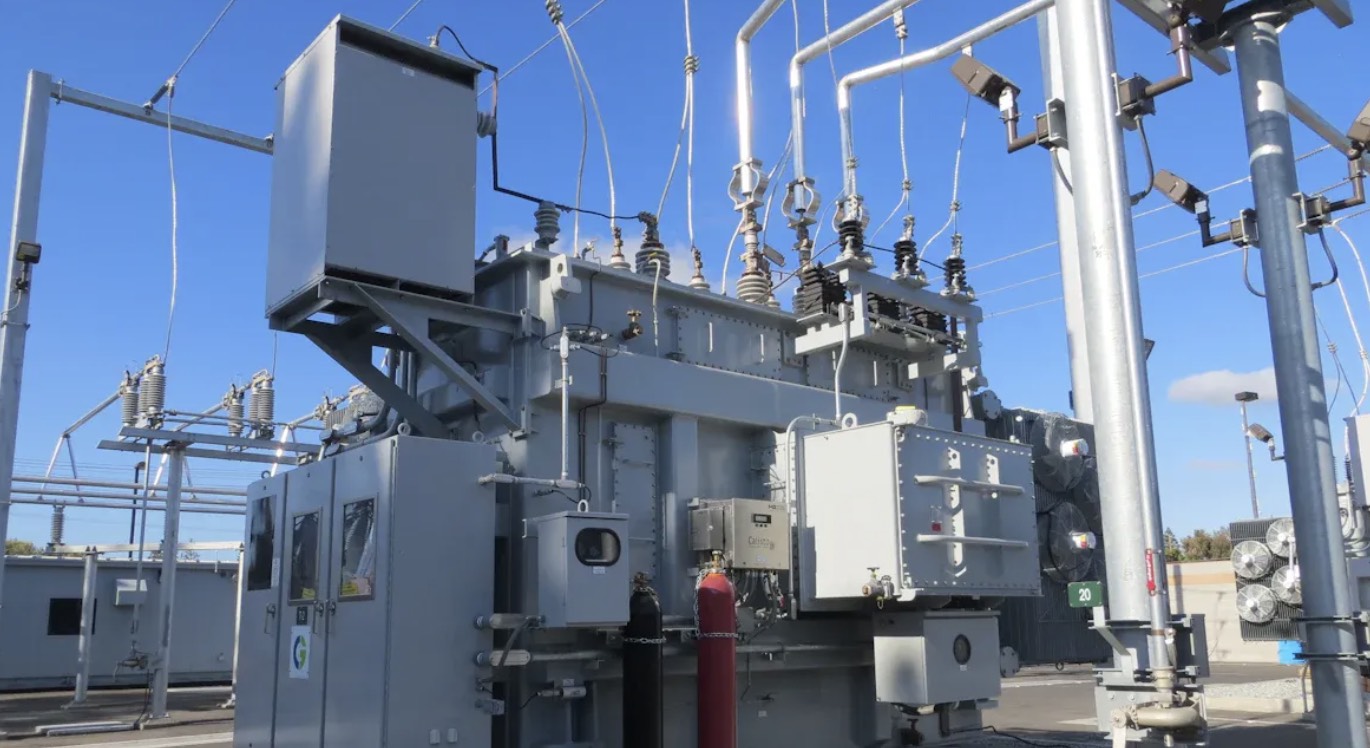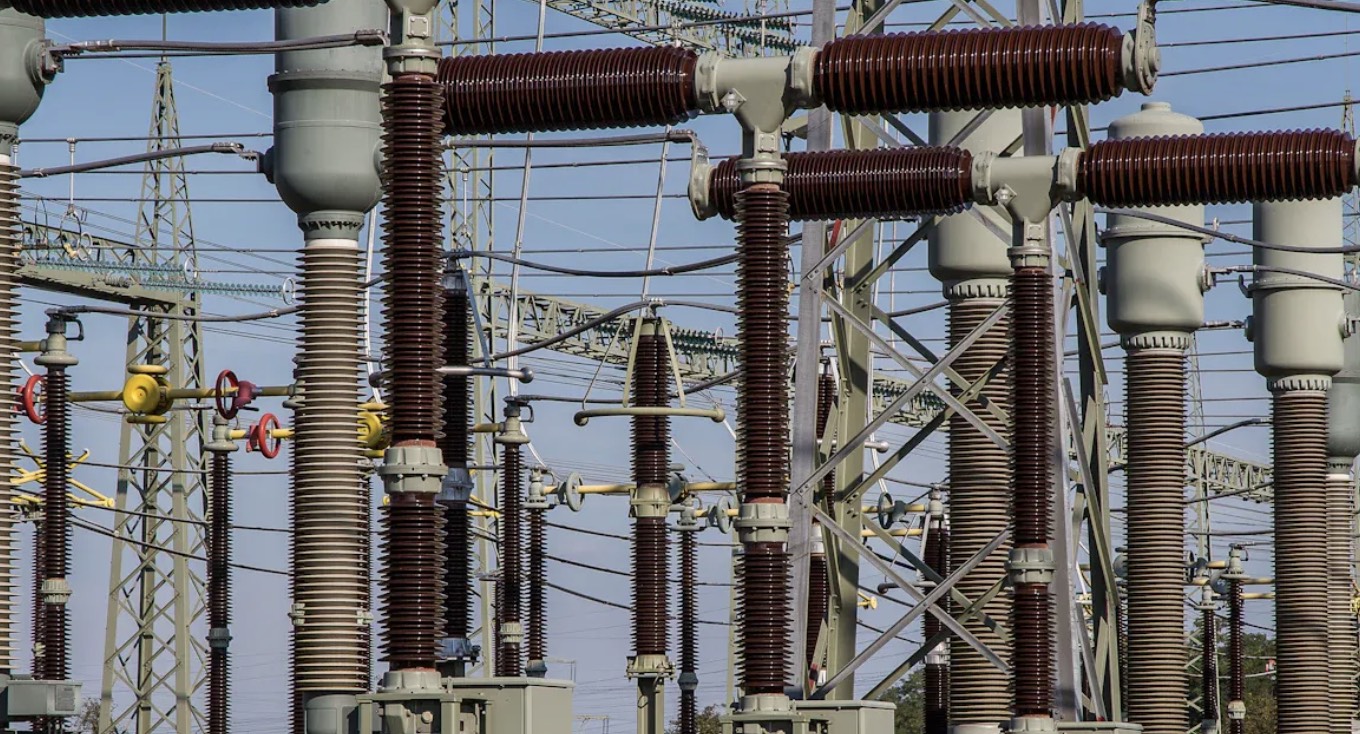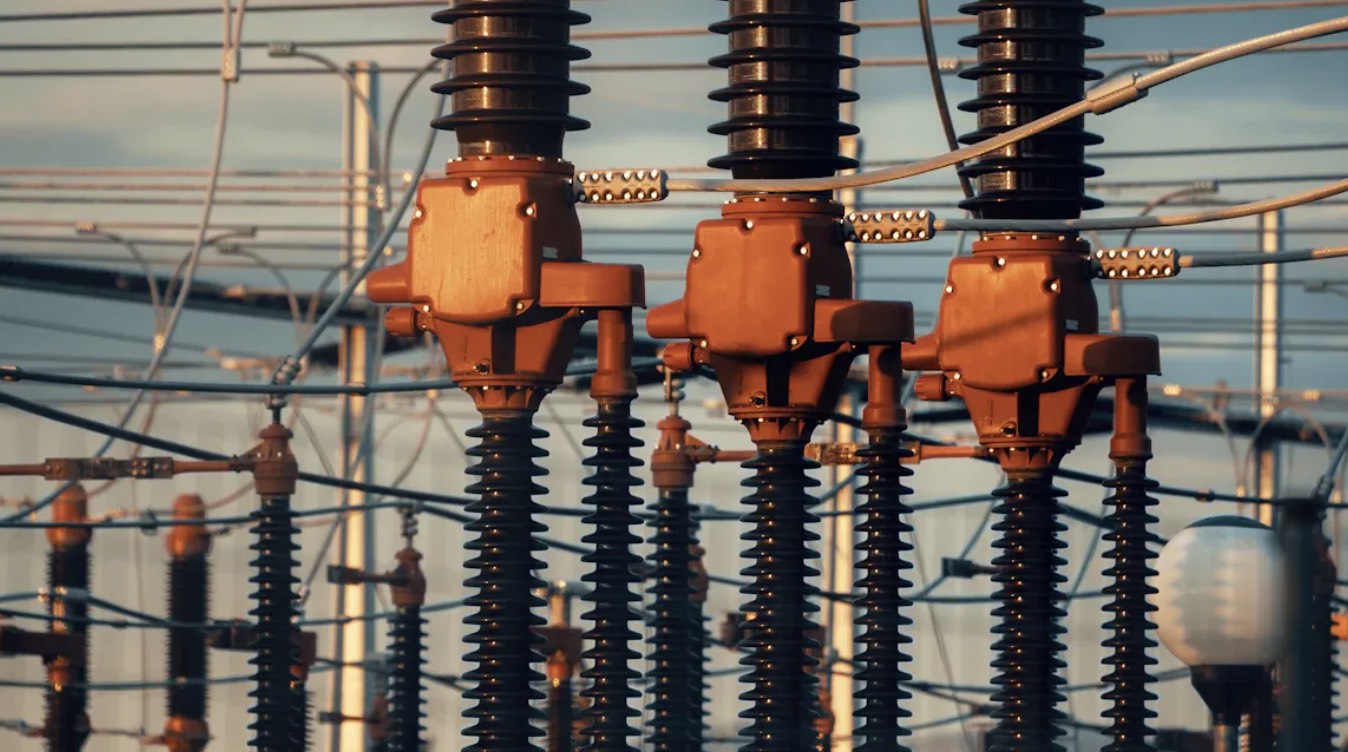Welcome:Pourleroi


| Metric | Amorphous Cores | Mn-Zn Ferrite Chokes | Advantage |
| Saturation Induction | High | Moderate | Higher efficiency |
| Permeability | High | Lower | Better performance in high frequencies |
| Power Loss | Low | Higher | Reduced energy loss |
| Temperature Stability | Stable | Variable | Consistent performance across temperatures |
| Type of Ferrite Core | Features | Frequency Range | Uses |
| Manganese Zinc (Mn-Zn) | High permeability, strong saturation levels | Below 5MHz | Inductors up to 70MHz |
| Nickel Zinc (Ni-Zn) | Better resistivity, works at high frequencies | 2MHz to hundreds of MHz | Helps reduce noise emissions |
| Shape Type | Description |
| S1 | Loops limited by two straight lines |
| S2 | Loops limited by two curves without inflection points |
| S3 | Loops limited by two curves with one inflection point |
| S4 | Loops limited by two curves with two inflection points |
| Core Type | Size Efficiency | Weight Efficiency | Best Uses |
| Amorphous Core | High | High | Portable gadgets, green energy |
| Ferrite Core | Moderate | Moderate | Everyday electronics |
| Powdered Iron Core | Moderate | Moderate | Power converters |
| Silicon Steel Core | Low | Low | Big transformers, motors |

| Performance Metric | Value/Statistic |
| No-load loss reduction compared to silicon steel | 60-80% reduction |
| Energy savings per transformer annually | Up to $1,500 |
| High-frequency switching capability | Up to 20 kHz |
| Efficiency improvement in photovoltaic inverters | 2-3% improvement |
| Energy efficiency increase in motor drives | 15% higher efficiency |
| Potential electricity savings from replacing transformers | 3.5 TWh annually (if 10% replaced) |
| Metric | Older Materials | Silicon Steel |
| Energy Loss Rate | Up to 50% | 1-4% |
| Cost Savings Potential | None | Up to $22,000 |
| Applications | Limited | Transformers, Motors, Generators |
By continuing to use the site you agree to our privacy policy Terms and Conditions.